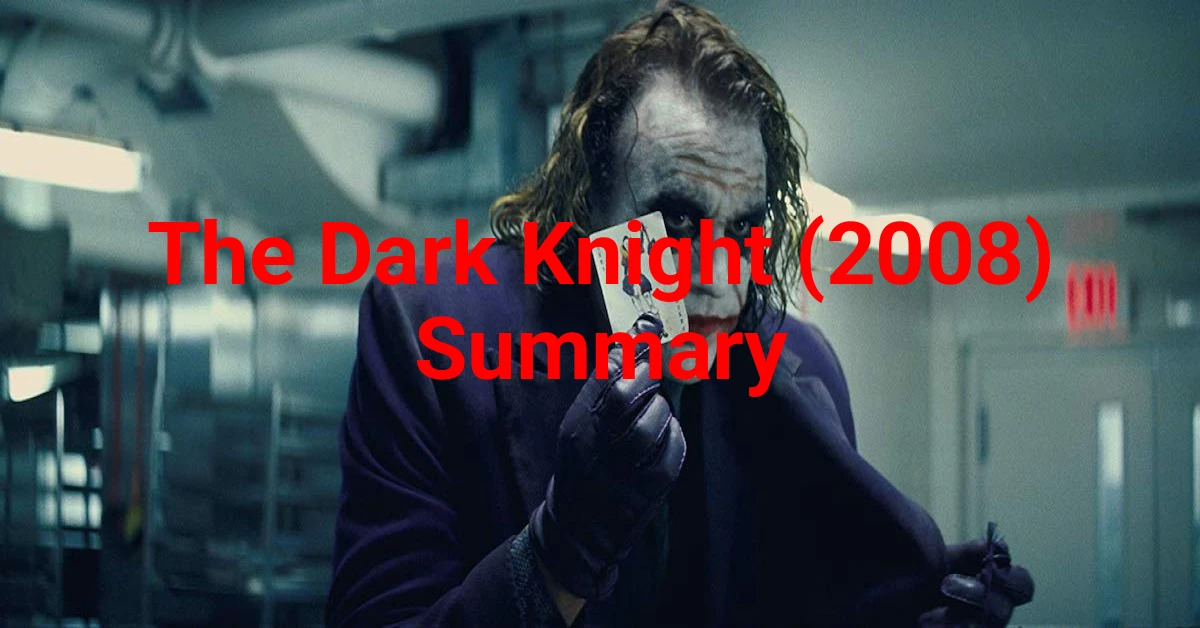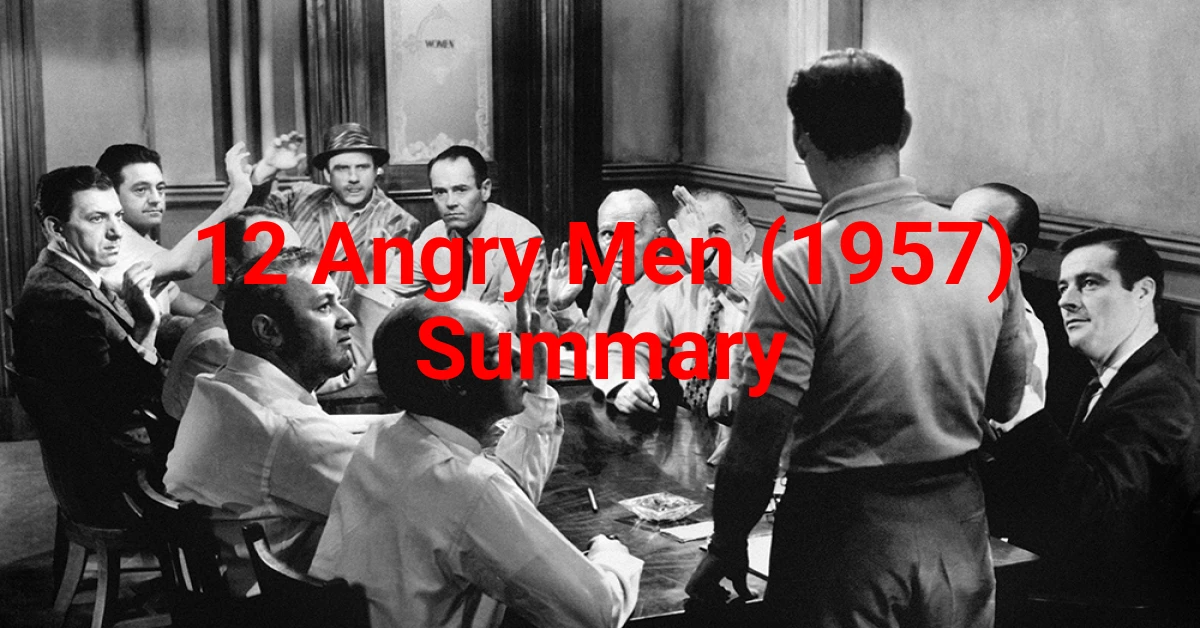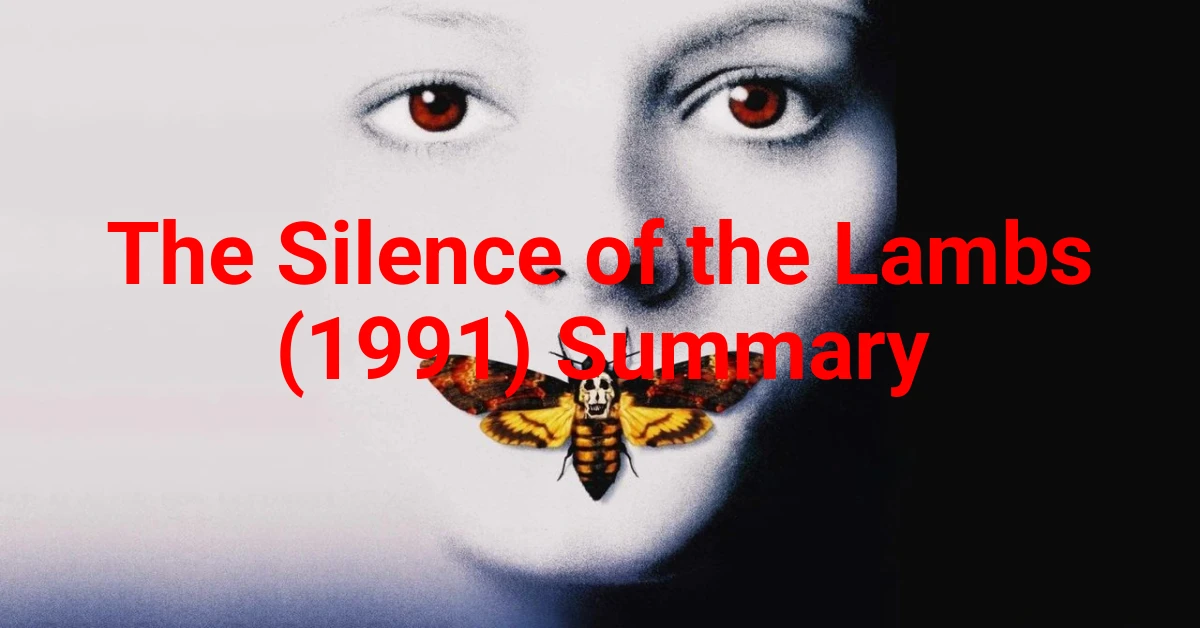Overview of The Dark Knight 2008
Released in 2008, “The Dark Knight” is a superhero film directed by Christopher Nolan. This movie is the second installment in Nolan’s Batman trilogy and has received critical acclaim for its dark and gritty take on the iconic DC Comics character, Batman. The film delves deep into themes of chaos, morality, and the thin line between hero and villain, making it a standout in the superhero genre.
Movie Summary
Act I – The Setup
“The Dark Knight” opens with Batman, played by Christian Bale, working tirelessly to clean up Gotham City’s streets from crime and corruption. The city faces a new threat in the form of the Joker, portrayed brilliantly by Heath Ledger, who brings chaos and anarchy wherever he goes. District Attorney Harvey Dent, played by Aaron Eckhart, also enters the scene as a beacon of hope for Gotham, challenging Batman’s methods and providing a glimpse of a city free from crime.
Act II – Conflict and Turning Point
As the Joker’s reign of terror escalates, Batman finds himself facing difficult moral decisions and pushing the limits of his code to bring the Joker to justice. The conflict intensifies as the Joker’s twisted plans put the people of Gotham in unimaginable danger. Meanwhile, Harvey Dent’s tragic transformation into the villain Two-Face adds another layer of complexity to the story, blurring the lines between good and evil.
Act III – Climax and Resolution
In the climactic showdown between Batman, the Joker, and Two-Face, Gotham City is plunged into a battle for its soul. Batman must confront the darkness within himself and make sacrifices to save the city he loves. The film reaches its peak as the true nature of heroism and sacrifice is put to the test, leading to a resolution that leaves a lasting impact on the characters and Gotham.
“The Dark Knight” concludes with a bittersweet ending that challenges the audience’s perception of justice and the price of heroism in a world full of chaos and uncertainty.
After watching “The Dark Knight,” viewers are left pondering deep philosophical questions about the nature of good and evil, the power of choice, and the impact of one individual’s actions on an entire city.
Have you seen this film? Share your thoughts below!


